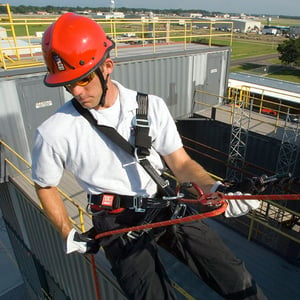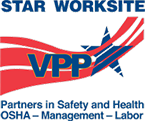We had a great group at the March, Rescue I-Plus open-enrollment class in Baton Rouge. With 30 students from Louisiana to Alaska, the class was a great learning experience as well as a lot of fun. Roco Instructors for this class included Chief Instructor Russ Kellar (Austin) , Rob “Soup” Campbell (Baton Rouge); Bob Kauer (New York); Brent Glidden (LaPlace, LA); and Keith Pridgen (El Dorado, Arkansas).


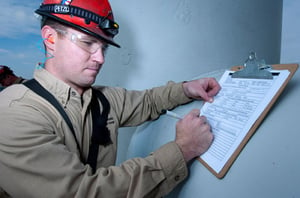
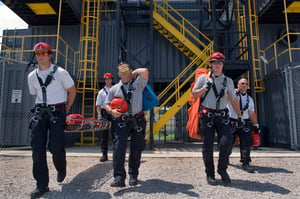 This topic was brought to light by one of our blog participants. Since it may affect many industrial rescue teams in our readership, we are posting the information here to share with the entire community.
This topic was brought to light by one of our blog participants. Since it may affect many industrial rescue teams in our readership, we are posting the information here to share with the entire community.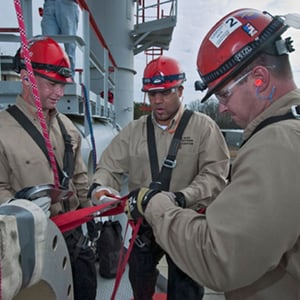
 Our thoughts and prayers go to the people of Japan as well as the many incredible personnel involved in the rescue and recovery efforts. Sharon Bulova, Chairman of the Fairfax County Board of Supervisors, provided this update on VA Task Force 1, who was deployed to Japan a few days ago.
Our thoughts and prayers go to the people of Japan as well as the many incredible personnel involved in the rescue and recovery efforts. Sharon Bulova, Chairman of the Fairfax County Board of Supervisors, provided this update on VA Task Force 1, who was deployed to Japan a few days ago.  Our team and other international rescue teams are under the command of local first responders, in our case the Osaka Fire Department, so many of whom have lost so much. Despite the overwhelming devastation that surrounds them, these brave souls have chosen to lead teams of visitors into the wreckage that was once their homes, their schools and their neighborhoods, and search for signs of life in a sea of destruction.
Our team and other international rescue teams are under the command of local first responders, in our case the Osaka Fire Department, so many of whom have lost so much. Despite the overwhelming devastation that surrounds them, these brave souls have chosen to lead teams of visitors into the wreckage that was once their homes, their schools and their neighborhoods, and search for signs of life in a sea of destruction.